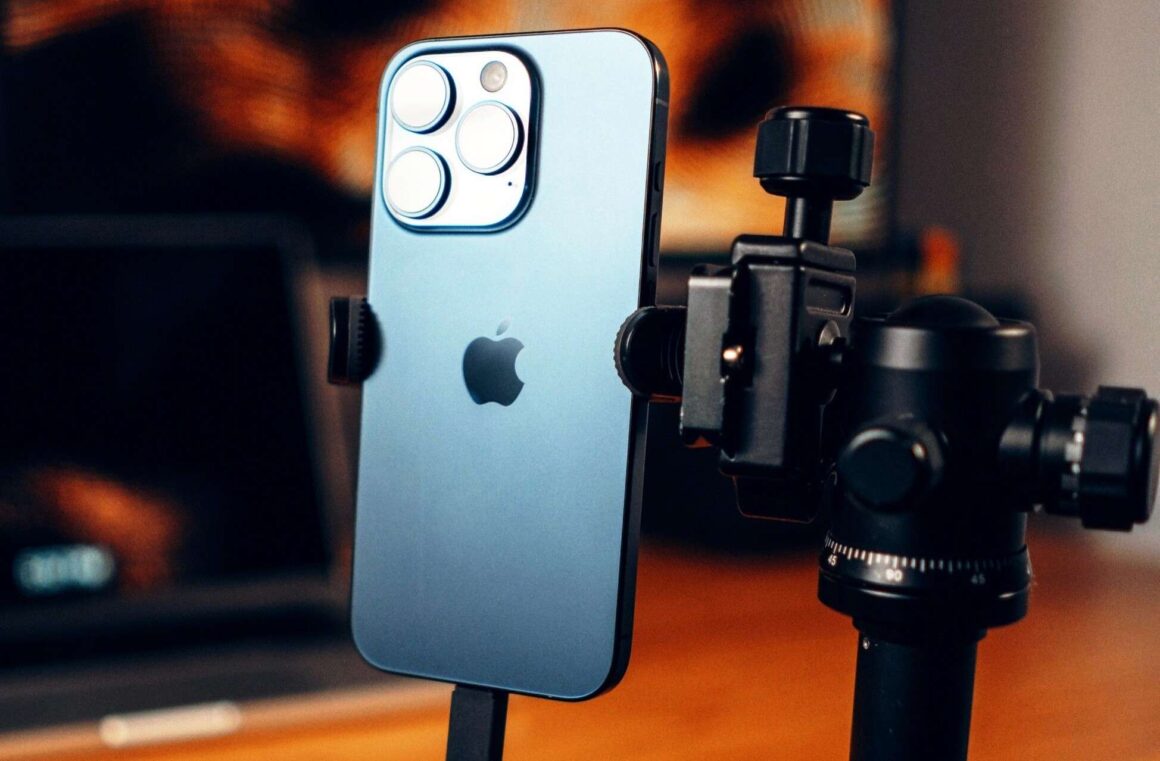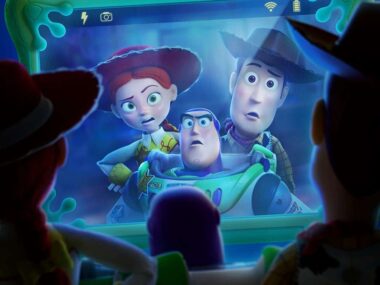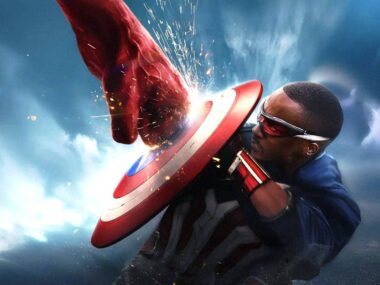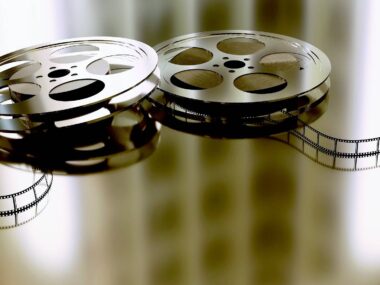One of the biggest films this summer is the zombie apocalypse flick 28 Years Later. A lot of attention is on the fact that much of the film was shot on an iPhone 15 Pro Max. Director Danny Boyle reportedly used up to 20 iPhone devices, mounted on custom rigs, to capture scenes that required mobility and flexibility.
That detail alone has sparked a flurry of reactions. Some see it as a clever marketing hook. Others are wondering if this is a gimmick, or the beginning of a real shift in how movies get made?
The iPhone as a Filmmaking Tool
This isn’t the first time a film was shot on a phone. Indie directors like Sean Baker (Tangerine) and Steven Soderbergh (Unsane, High Flying Bird) were early adopters of mobile filmmaking. But 28 Years Later is operating at a different scale. It’s a sequel to a popular franchise that helped redefine the zombie genre, backed by a major studio (the film is distributed by Columbia Pictures through Sony Pictures Releasing). That makes the iPhone’s involvement in its creation feel more significant.
Why This Matters Now
Filmmakers have always experimented with new tools. But the fact that a blockbuster horror movie is leaning into smartphone filmmaking suggests that something broader is happening.
For years, Apple has been positioning the iPhone as more than just a consumer device. The phones’ small size and lightweight design allows directors to shoot in tight locations, capture footage that would’ve been logistically difficult with traditional gear.
Also, iPhones are relatively affordable compared to the high-end cameras used for filmmaking. Most people already own an iPhone, and that makes filmmaking more attainable for inspiring filmmakers. The quality of their cameras is amazing with 4K resolution, frame rates ranging from 24fps to 60fps, and enhanced stabilization features have produced videos that look cinematic.
So if you can shoot a feature film on a phone, why wouldn’t you?
Limits to Filming on an iPhone
Of course, there are limitations. No matter how advanced a smartphone gets, it still has a small sensor compared to professional cameras. That impacts image quality, especially in low light or scenes with a lot of contrast.
Battery life, storage space, and overheating are also real concerns when shooting at high resolutions over long periods. And then there’s the issue of perception. Even if the final product looks good, some viewers (or executives) may still associate phone footage with amateurism.
That said, most of these issues are being worked on and in some cases, worked around. External audio gear, portable SSDs, and modular iPhone rigs are making professional setups more realistic.
What Does This Mean for the Industry?
If smartphones like the iPhone continue to evolve (and filmmakers keep embracing them) we may see a slow but steady shift in the kinds of tools that are considered “standard.”
This doesn’t mean traditional cinema cameras are going away. They still offer superior image quality, greater lens control, and reliability that’s hard to match. But we might see a hybrid model where iPhones are used for dynamic scenes, while cinema cameras are used for a more polished look.
We might also see a new generation of filmmakers enter the industry. The ones who picked up a phone and just started shooting. They might not have gone to film school or have connections to the industry, but they have stories to share that resonate with filmgoers.
It’s too soon to say that smartphone filmmaking will become the industry norm. But 28 Years Later could be the start of a shift in how movies are filmed in the near future. As the right tools become more accessible, the power to tell powerful stories is landing in more hands than ever before.






